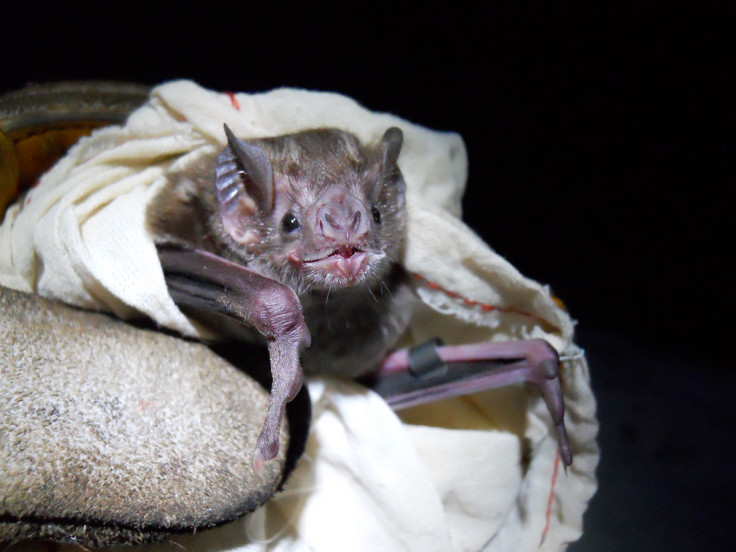Vampire bat rabies outbreak expected to hit South America by 2020
Scientists warn of threat to livestock, human health and wildlife conservation in near future.

An outbreak of vampire bat rabies is expected to hit parts of South America within the next four years, scientists have warned. Using genetic evidence and models indicating viral spread, researchers have stated countries on the Pacific coast should prepare for an outbreak by 2020, with threats to human health, wildlife conservation and agriculture predicted.
Working out when the next outbreak of vampire bat rabies will hit is difficult — population movement patterns mean it is extremely hard to work out how epidemics will spread across the globe. Vampire bat rabies is a major problem in Latin America, costing up to $30m (£26m) in livestock deaths alone.
While the threat to livestock is greater, vampire bat rabies can cause encephalitis in humans. This is a rare disease that causes inflammation of the brain and is fatal in around 10% of cases. In 2010, the Peruvian health ministry sent emergency teams to parts of the Amazon following an outbreak of rabies. Four children died after over 500 people were attacked.
Currently, control programmes focus on reducing populations through poisoning. However, the long-term viral maintenance depends more on moving between colonies, than the size of bat colonies itself. This means decades of culling has not led to the elimination of the virus. On the contrary, the number of deaths from vampire bat rabies — both human and livestock — are increasing, and the virus is being found in areas once considered free of the disease.

A team led by Daniel Streicker, from the University of Glasgow, has now developed a bat dispersal pattern and looked at the mitochondrial including viral genetic markers to work out bat movements — and therefore work out how the virus will spread in future.
Their findings, published in PNAS, showed recent spread of vampire bat rabies was mainly down to male bats flying across the Andes before connecting to the Amazon rainforest and ending up in the Pacific coast. "The first outbreaks of VBRV on the Pacific coast of South America could occur by June 2020, which would have serious implications for agriculture, wildlife conservation, and human health," they wrote.
"Regardless of the initiating mechanism, the arrival of [vampire bat rabies] to the coastal regions of Peru and subsequent potential spread to Ecuador and northern Chile would be profoundly damaging for agriculture. The presence of [vampire bat rabies] would also create new risks to humans that interact with bats or infected livestock and to wildlife such as sea lions that constitute an important food source for coastal vampire bats. [We recommend] heightened surveillance, preventative livestock vaccination, and educational campaigns to reduce the burden of impeding epidemics," they concluded.
EMBARGO 20:00 MONDAY 12 SEPTEMBER
© Copyright IBTimes 2025. All rights reserved.






















